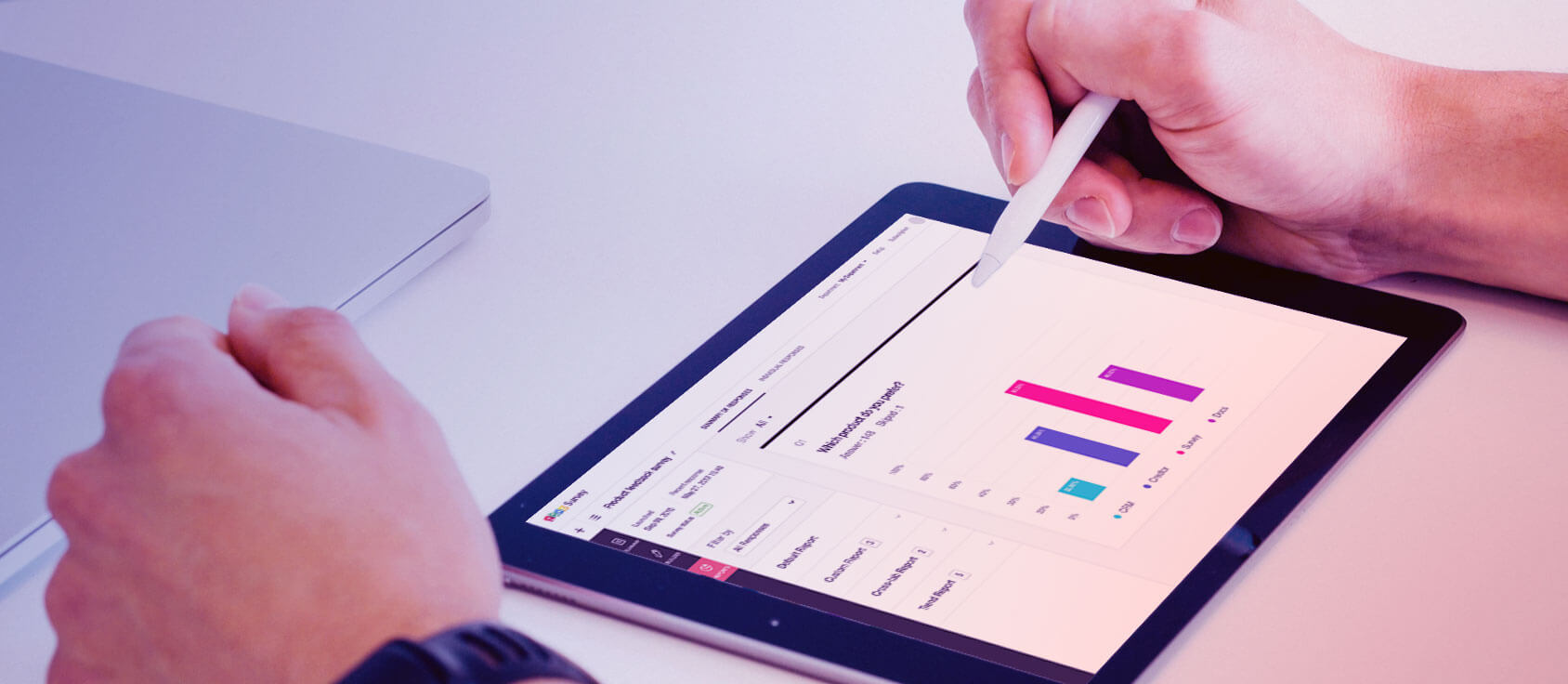
What Is B2B Market Research?
Business-to-business transactions are those that involve the sale of one company’s product or service to another company. The B2B market is large and surpasses the size of the consumer market. The business-to-business market differs in significant ways from business-to-consumer research. Products are traded differently, and there are many dissimilarities between B2B and B2C markets. B2B Market Research, therefore, requires a unique approach.
B2B quantitative Research.
B2B market research projects are used to inform critical business decisions. A large number of interviews are required to ensure that the insights underpinning these decisions is statistically valid. Quantitative research is the only way to speak to many B2B decision-makers in a cost and time-efficient manner.


B2B Quantitative Analysis
Quantitative research is more structured. You can control which questions are asked and how they are asked. This greater consistency means that it is easier to compare responses between different decision-makers. It also limits the bias that can be introduced by an interviewer. quantitative data sets can be the foundation for some fascinating analysis. You can combine survey data with other data sources to elevate your understanding of the target audience.

What Is B2C Market Research?
Business to Consumer (B2C) Market Research is research conducted with consumers on behalf of businesses. It may also be simply called Consumer Research. Research will be conducted with consumers who are asked questions relating to a product or service provided by a business / organisation. Business to Consumer Market Research includes both quantitative and qualitative research and can be conducted using an array of methodologies spanning both online and offline activities.
B2C quantitative Research
B2C quantitative market research seeks to discover how many people think, act or feel a particular way (as opposed to why they do) and as such this form of research often utilises large samples ranging in size from around 50, up to thousands of respondents - though it is key that all respondents are asked the same series of questions regardless of sample size.


B2C Data Analysis
B2C quantitative market research studies most often take the form of a tightly structured closed-question questionnaire undertaken either over the phone, on the street, by post (self-completion) or through web based sessions.
